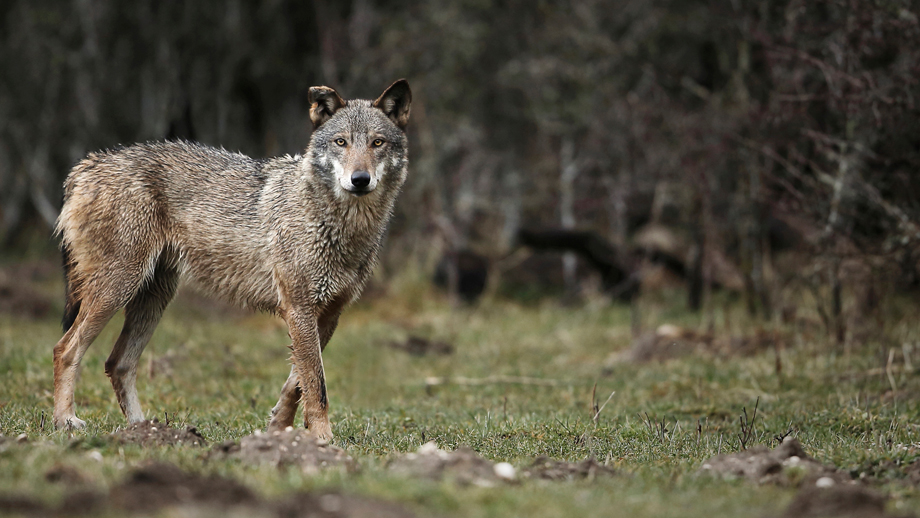How We See the Wolf
Ever since its return to Switzerland around 20 years ago, the wolf has been polarizing opinion. Some see the animal as a bloodthirsty beast, while others see a wild animal worth protecting. However, for the majority of people in Switzerland, the animal remains invisible, as there are currently no more than 40 wolves living within our borders. The new special exhibition “Wolf – Wieder unter uns” (Wolf – among us again) at the Zoological Museum of UZH now provides all of us with the chance to make up our own minds about the wolf. Across four artfully designed dioramas, visitors can dive into the history of the wolf, its return, and biological features, as well as its relationship with humans. The exhibition, which was designed by the Natural History Museum in Fribourg, is aimed at children, adults, and experts alike.
Last wolf from Uri among exhibits
The relationship between wolves and humans came to a head in the 17th century as a result of emerging livestock farming and the ensuing wolf attacks. Wolves were perceived as malicious, insatiable, and despicable creatures. “To some extent, the wolf has kept its bad reputation until today,” says Isabel Klusman, head of the museum. The exhibition shows how the animals have been decimated using sophisticated traps, poison, or hunting since the Middle Ages. As a result, the animal had disappeared from most of Switzerland by the end of the 17th century. In the canton of Zurich, the last wolf was shot in 1684. The exhibition features the last wolf that was shot in Uri in 1853. Swiss municipalities organized large-scale hunts until deep into the 19th century – these were significant events that culminated in public festivals and were funded by the municipalities.
Forest regeneration facilitates return
Wolves have been living in Switzerland again since 1995, with the animals having immigrated across the Apennines and the Alps from Italy. The first animals were mostly young males, which were then followed by female animals. A significant factor facilitating the return of the wolf was the expansion of the forest. While in 1840, 20 percent of Switzerland was covered in forest, this figure has – surprisingly – increased to more than 30 percent today. This has resulted in increased numbers of prey animals, which in turn has increased the food source of wolves. “All these facts facilitated the return of the wolf,” explains Isabel Klusman. A map of Switzerland shows visitors the current whereabouts of wolves. In addition, the exhibition also addresses critical questions linked to their return to Switzerland. Can a wolf severely harm a herd? Or, how does it influence hunting?
At home almost everywhere
Another factor that allowed wolves to return to Switzerland is their strong ability to learn. Wolves can quickly find their bearings in a new environment and are able to establish their territories in almost any habitat – be it mountains, plains, forests, or populated areas. Due to their resilient and efficient physique, they are excellent hunters and can cover remarkable distances of on average 25 kilometers a day. Visitors to the exhibition can for example trace the steps of the wolf “Slavc”. With a GPS device tracking its movements, this animal covered a distance of 2,000 kilometers, crossing several motorways, an airport, a 2,600-meter-high mountain pass as well as a river that was about 200 meters wide.
How much space do we grant wolves?
Our personal view of wolves is shaped by the images and stories that have accompanied us since childhood. Every area of the exhibition invites visitors to critically reflect upon their own views. In addition, two installations will ask people to answer the question, “Is the wolf a problem?”. “In the end, the public will decide whether there is enough space in Switzerland for the wolf to survive,” concludes Isabel Klusman. According to a survey carried out by researchers at the Department of Evolutionary Biology and Environmental Studies of UZH, one third of Switzerland’s area – approx. 13,800 km² – provides a suitable habitat for the wolf; however, the animal would be tolerated in only about 2,500 km².
